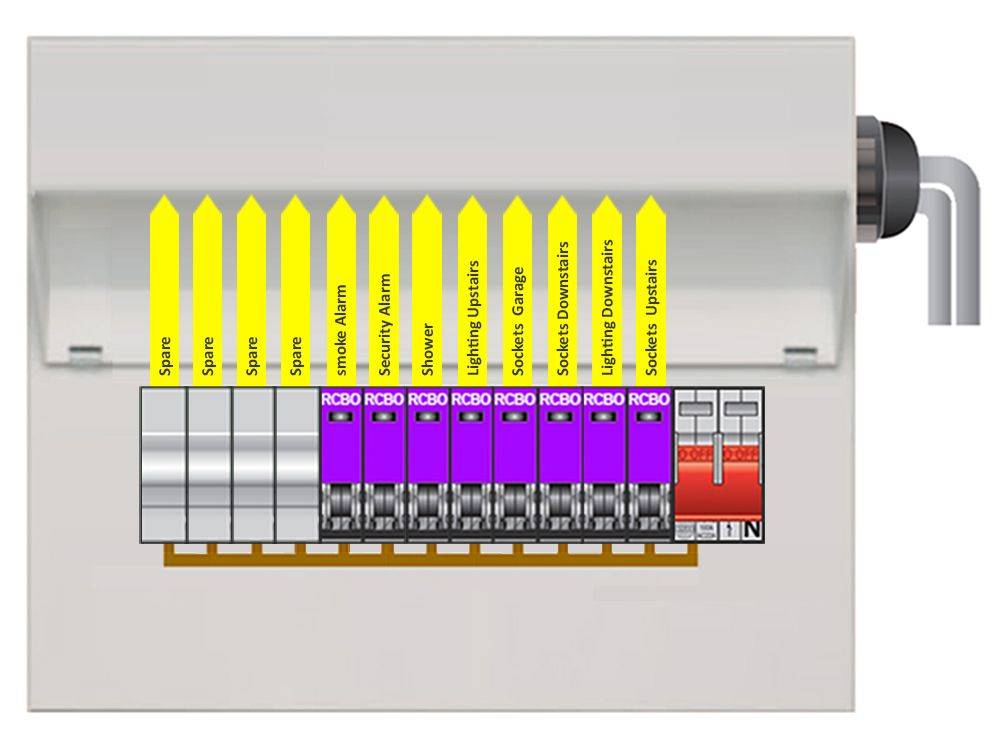The way the RCD operates is as follows The phase and neutral cables from the supply to the load are passed through a magnetic ring called a toroid. On the toroid is wound a detector winding which is taken to a tripping mechanism. It is the make-up of this tripping mechanism which determines whether the RCD is electromechanical or electronic. Whilst the current flowing down the phase conductor is balanced by that in the neutral the RCD takes no action but if part of the current flows down to earth through some metalwork or through a person's body an unbalance occurs between phase and neutral. This causes a magnetic field in the toroid which is picked up by the detector winding, fed to the tripping mechanism and the RCD opens. It is this speed of opening, usually between 30 and 50 milliseconds, which gives the protection. The operation of the electromechanical tripping mechanism. The mechanism consists of a permanent magnet which holds a tripping arm closed thus holding the RCD in the closed position.A spring attempts to pull the arm away from the magnet. The Electrical Mechanical Device is called the RCCB, Residual Current Circuit Breaker. A winding on the magnet is connected to the detector winding on the toroid and demagnetises the permanent magnet in the event of a signal on the detector winding due to a fault to earth.The arm is pulled away by the spring and the RCD trips. In the case of the electronic RCD the signal from the toroid is fed into an electronic circuit which accepts the signal, amplifies it and instructs a relay to open the RCD. In order to operate the electronic circuit a mains feed is required into the circuit to feed the amplifier etc and it is a requirement of the British Standard for electronic RCDs that if the supply to the electronic circuit fails and prevents its operation in the event of an earth fault the RCD must open. This is particularly important in the case of a loss of neutral which could cause the RCD not to work even though the phase supply is still connected to the load. This problem does not arise in the case of the electromechanical RCCB in which the tripping is powered by the signal induced into the detector winding on the toroid. A test circiut is connected from neutral to phase across the toroid and when the test button is pressed creates an unbalance of about 2.5 times the normal tripping current across the RCD which trips it. The use of the test button which should be operated at least quarterly verifies the operation of the RCD. Standard electromechanical RCCBs are designed to operate on normal supply waveforms and cannot be guaranteed to operate where none standard waveforms are generated by loads. The most common is the half wave rectified waveform sometimes called pulsating dc generated by speed control devices, semi conductors, computers and even dimmers. Specially modified RCCBs are available which will operate on normal ac and pulsating dc. In addition to the RCCBs which are for use on single phase and neutral supplies three phase RCDs are also available and work on the same principle of balance across the three phases or three phases and neutral. Most three phase RCDs have the test circuit connected across one phase and neutral and a problem can arise if the RCCB is to be used to supply a three phase supply such as a motor. | 
